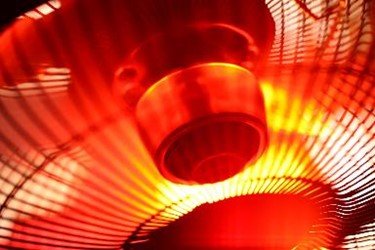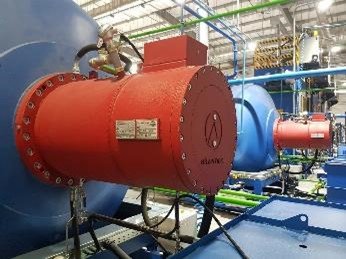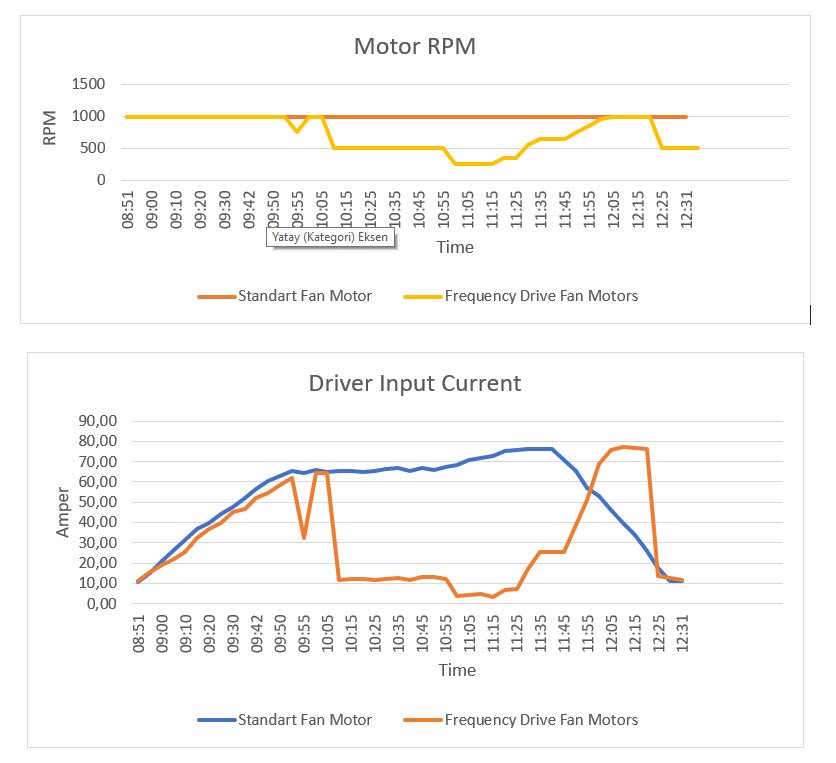Why Do We Use 'Fan Motors with Frequency Control' in Our Autoclaves?
Autoclaves play a crucial role in various industries including glass lamination, composite curing, rubber vulcanization, sterilization of equipment and materials, etc. However, the energy consumption of autoclaves plays a significant role for many producers. When discussing autoclave energy consumption, the significance of fan motors used in autoclaves becomes apparent, considering that they account for approximately 30-50% of the energy consumption throughout the autoclave cycle. In this article, we would like to explain our motivation to use Fan Motors with Frequency Control in our autoclaves and show advantages of these motors.

Standard fan motors, characterized by fixed-rpm operation determined electrical power supply, have long been an essential in autoclave systems. These motors run continuously at a set rpm, irrespective of the actual requirements of the autoclave. Their fixed-rpm operation can result in energy inefficiencies. In addition to energy inefficiencies, these fan motors cannot re-start under high pressure, and it is necessary to reduce the pressure for them to function. In contrast, Fan Motors with Frequency Control offer a dynamic solution with variable-rpm operation. This adaptability allows the motor rpm to be adjusted in real-time to match the specific load requirements of the autoclave, and they continue to operate even under high pressures without the need for a pressure drop. The frequency drives control the motor rpm by adjusting the frequency of the electrical power supplied, presenting several advantages in both energy efficiency and environmental sustainability.

An experimental study was conducted in our factory to observe the difference between the usage of the two types of motors for a standard cycle (heating-waiting-cooling). The study was conducted in an autoclave with usable diameters of ID2900xL6000 with standard loading, and the results are shown in the graphs below for comparison:

In these applications, the power consumed is inherently proportional to the cube of the rpm.
P ~ f(n)³. When an electric motor, operating at its nominal speed of 1000 rpm, runs at 50% speed, i.e., 500 rpm, the power requirement decreases in proportion to the cube of the speed. Thus, while the speed decreases by half (1/2), the power consumed decreases to one-eighth (1/8) of its original value. When considering that the other conditions remained the same, such as loading conditions, time etc., with the exception of the difference of fan motor types, it has been calculated that usage of Fan Motors with Frequency Control instead of Standard Fan provides 55% energy saving for each cycle.
In addition to energy saving, Variable-speed operation in Fan Motors with Frequency Control reduces mechanical stress, leading to an extended lifespan for the equipment. This not only decreases the frequency of replacements, but also contributes to waste reduction by minimizing the disposal of motors and associated components.
In conclusion, Fan Motors with Frequency Control are more energy-efficient, operationally flexible, environmentally friendly, ensuring sustainability and long-term cost savings in your industrial applications compared to standard ones.
We, as Akarmak, are committed to creating a more sustainable world for future generations by being conscious of energy efficiency and sustainability. In all of our research and development efforts, we continue to work with a focus on these principles.


